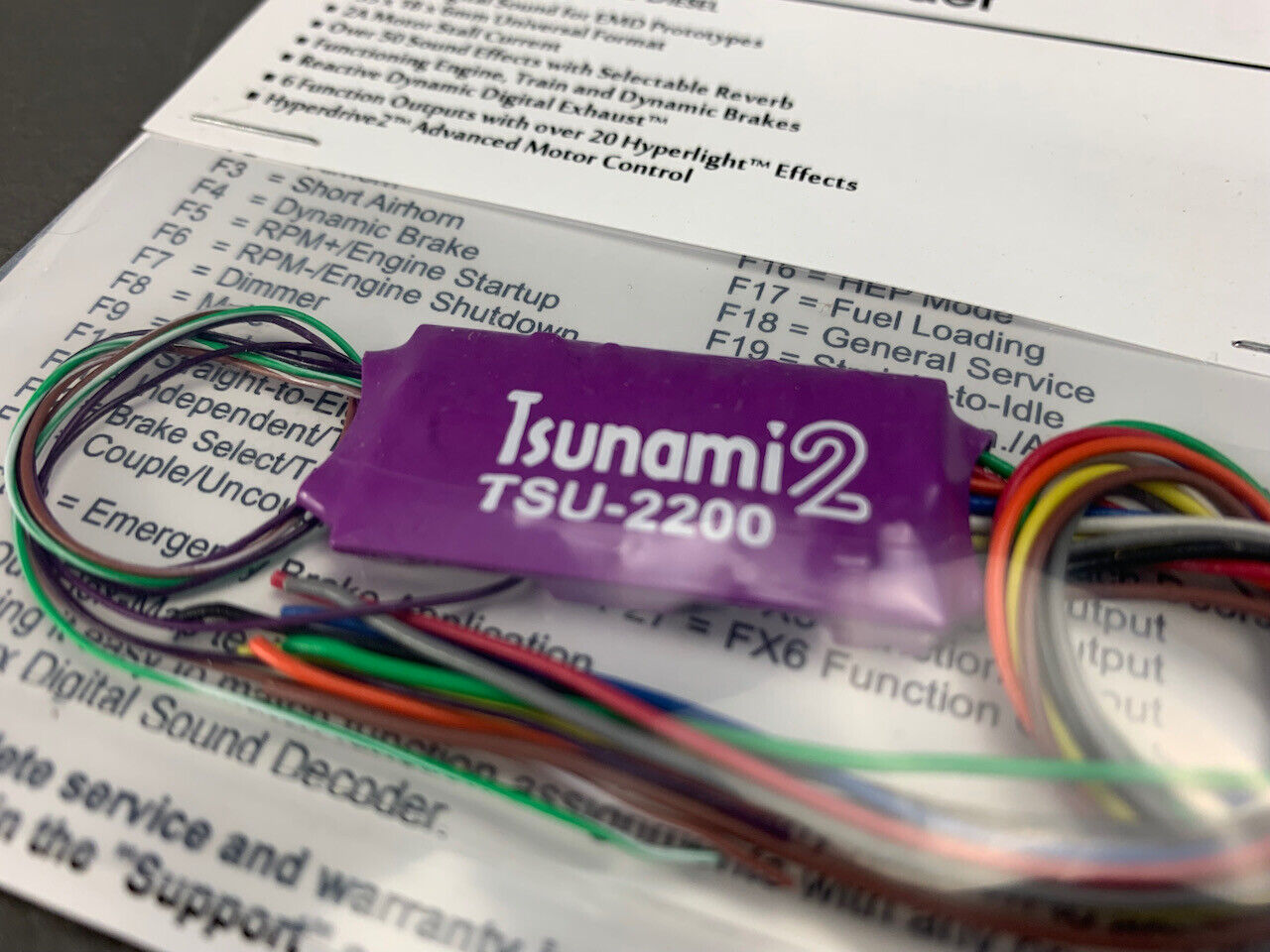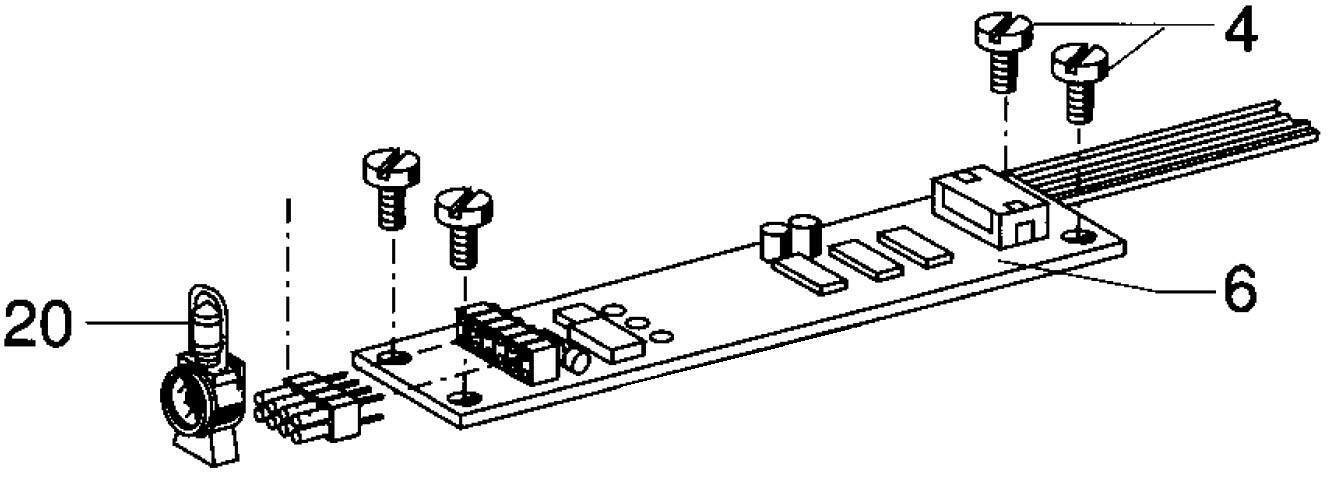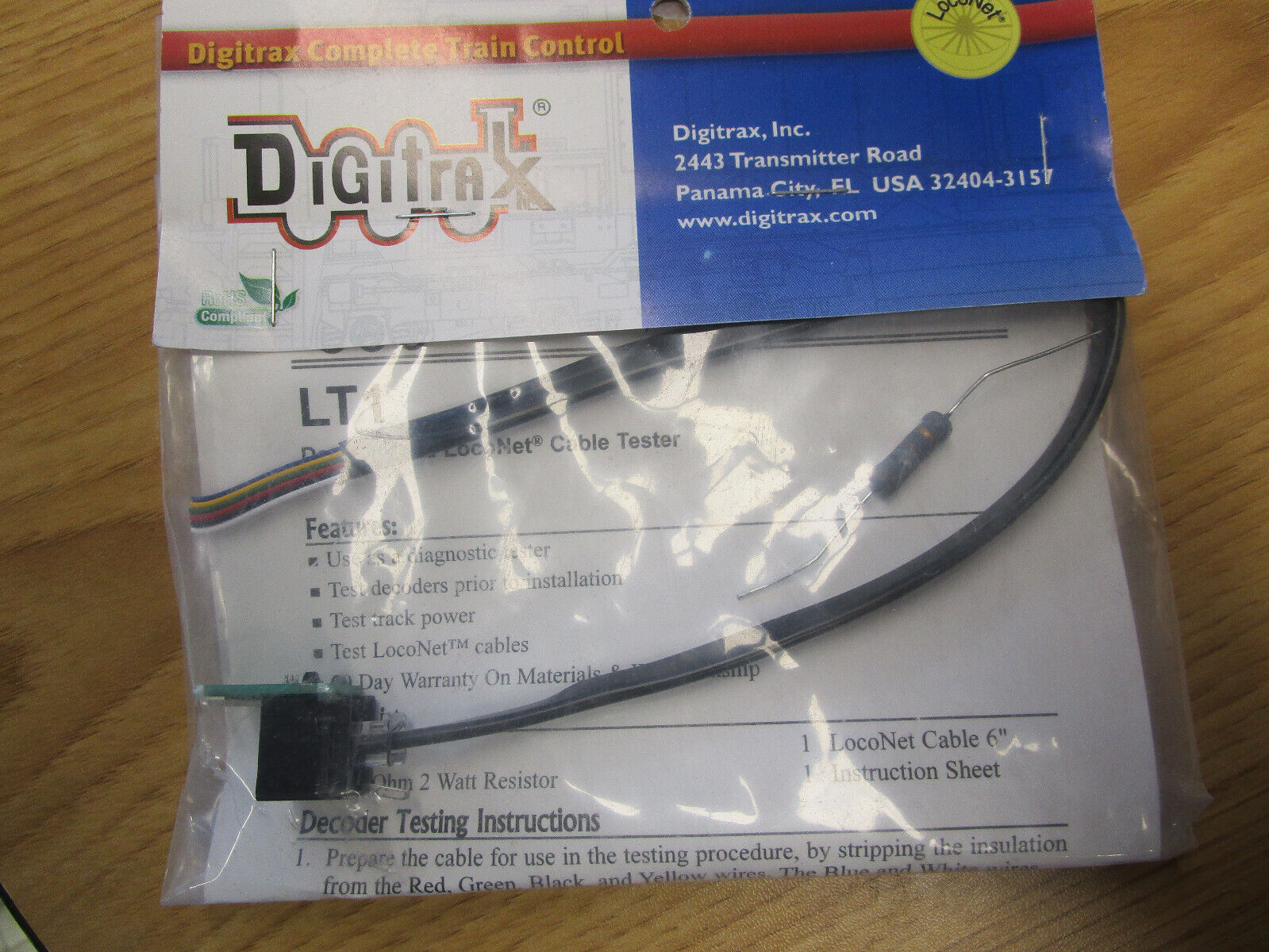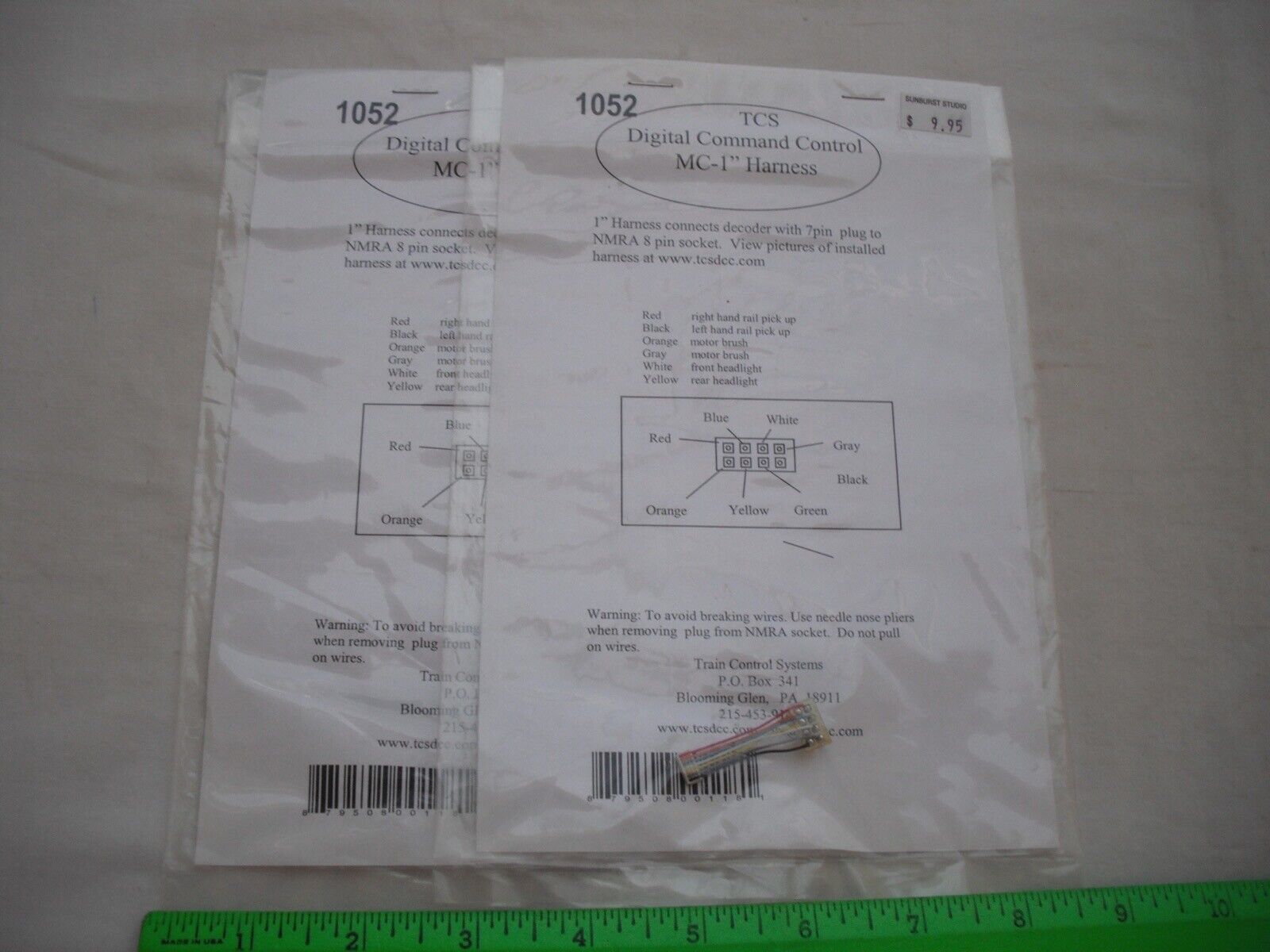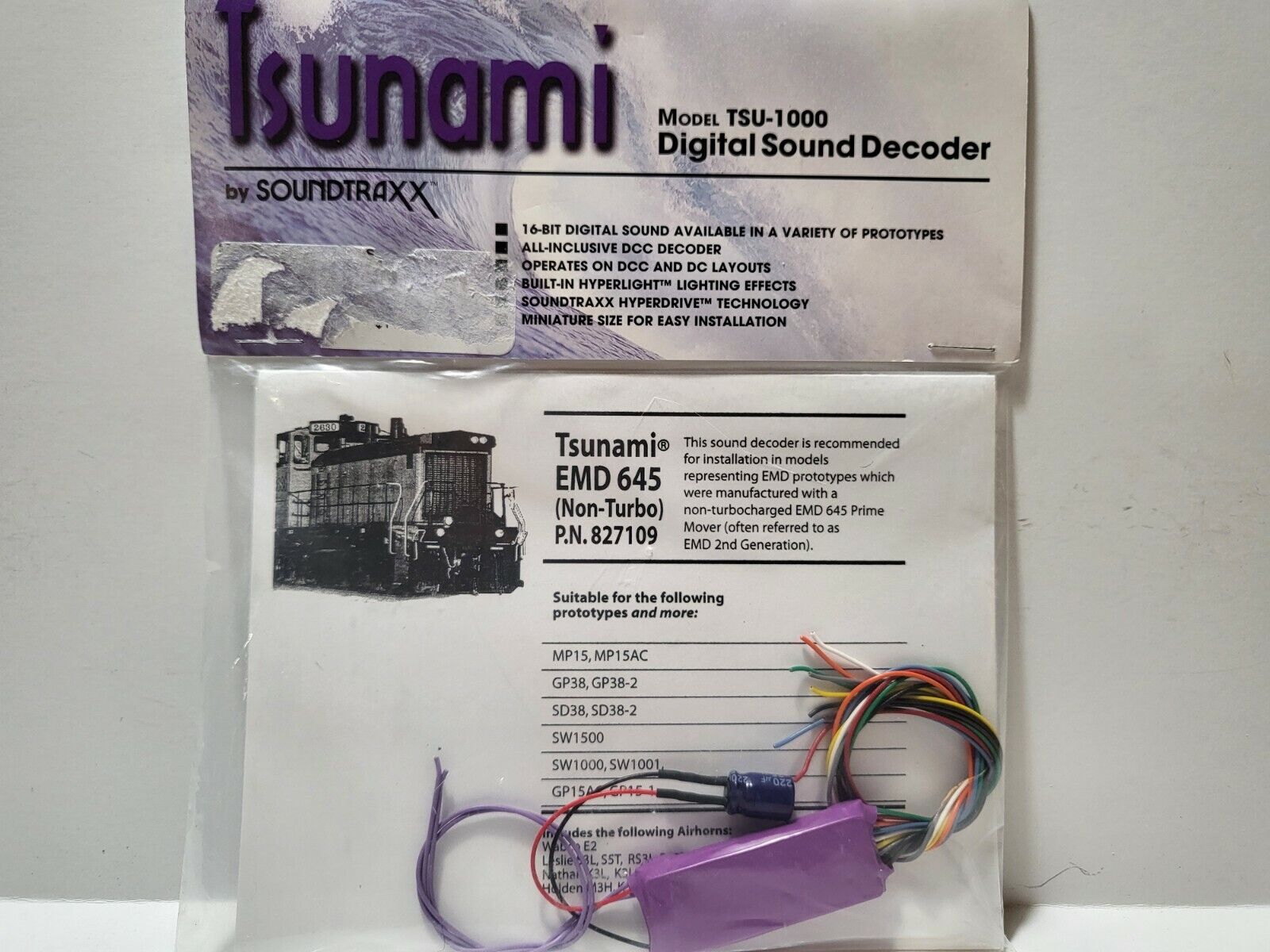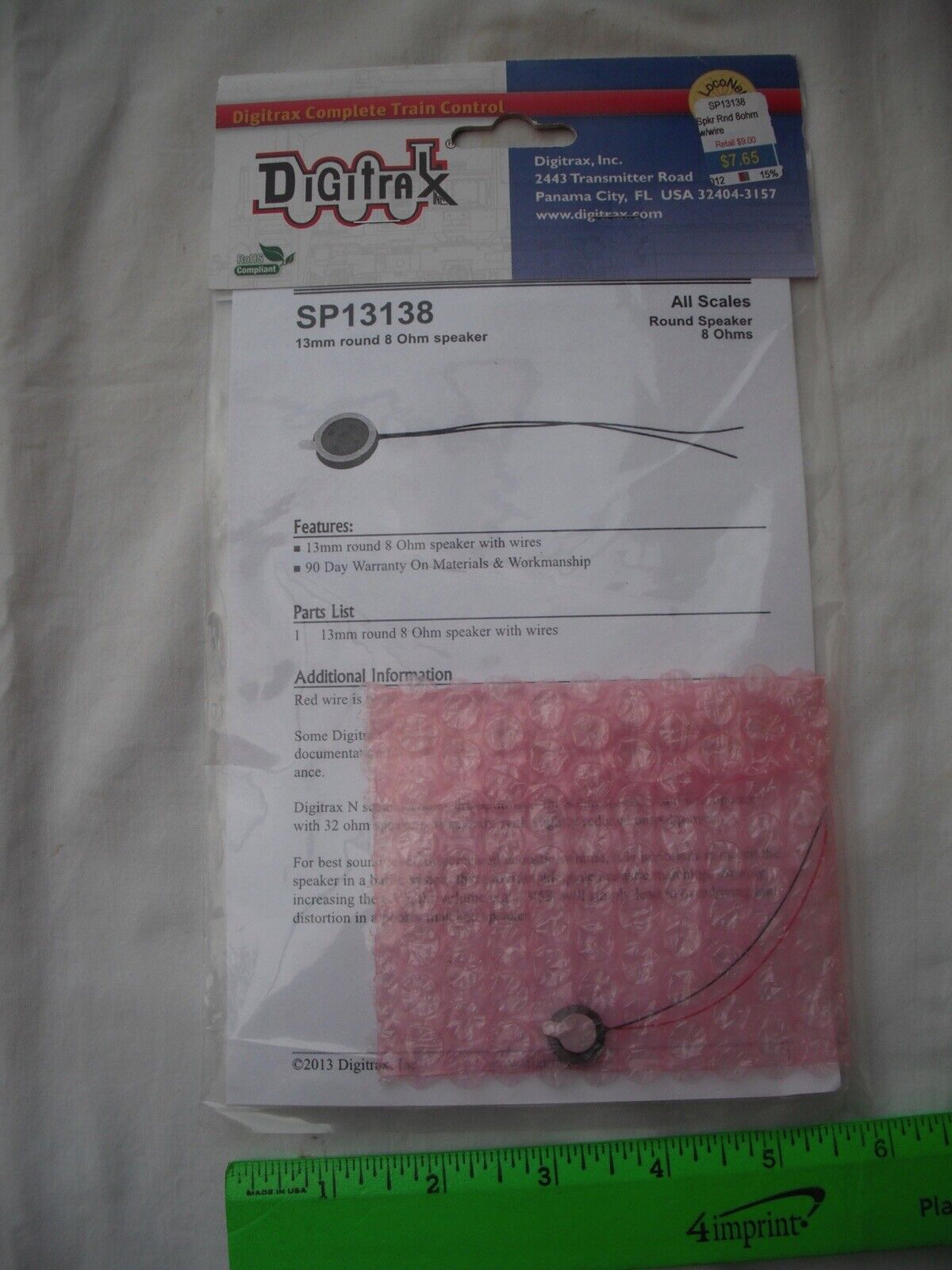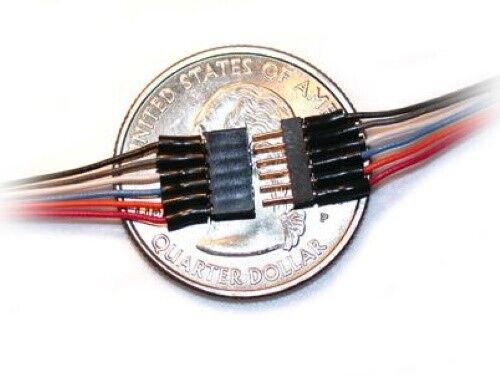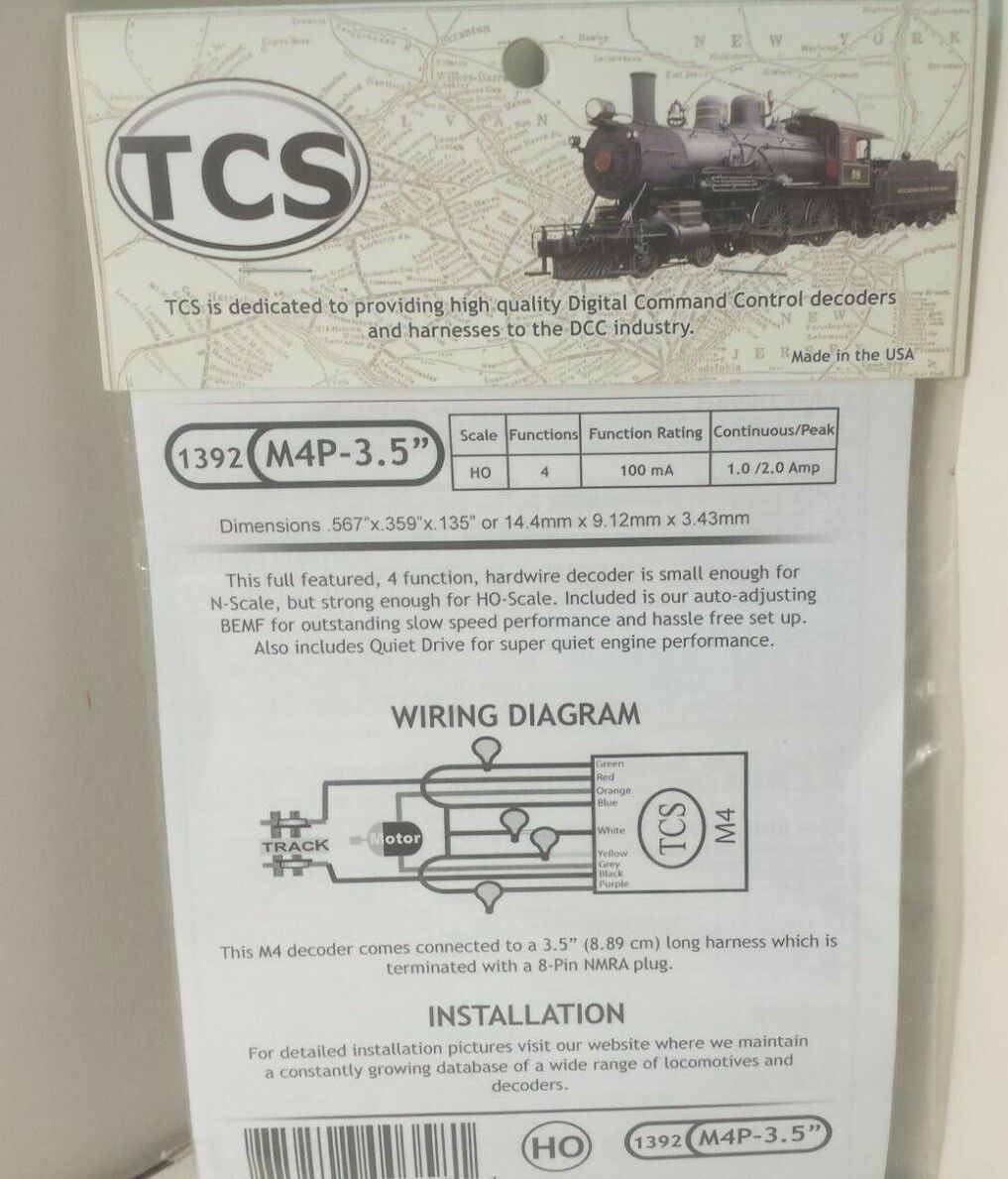-40%
Uhlenbrock 73406 ID2 Mini Decoder, Litz Wire # New Original Packaging #
$ 17.74
- Description
- Size Guide
Description
Uhlenbrock 73406 ID2 mini decoder, wiresNew in original packaging!
replaces Uhlenbrock 73405
The digital decoder is the brain of your locomotive. It determines the driving characteristics and shifting options. A poorly selected decoder can quickly spoil your enjoyment of the vehicle. IntelliDrive decoders are state-of-the-art and guarantee you optimal driving characteristics.
You will find the right decoder for your locomotive in our extensive range.
In DCC operation, the decoders can be operated with 14, 27, 28 or 128 speed steps. They can be set to long addresses. This results in an address range of 1-9999.
In Motorola operation, the decoders have an address range of 1-255. With the Märklin centers 6020 and 6021, however, only 80 addresses can be reached.
The decoders can be programmed via Motorola and DCC centers and with Allen known programming methods. In the case of decoders with load balancing, the locomotive motor is controlled via a motor voltage with a frequency of 18.75 KHz, which ensures extremely smooth motor operation. Minimum speed, maximum speed and start-up braking delay are adjustable.
The light outputs that depend on the direction of travel can be dimmed, as can the special function outputs on some decoders. An additional switchable shunting gear enables very fine speed control in the low-speed range. Shunting gear and start-brake delay can be switched on and off via function keys.
Mini decoder, microSUSI, Multi, DC, control, cable
The buyer bears the shipping costs.
The digital decoder is the brain of your locomotive. It determines the driving characteristics and shifting options. A poorly selected decoder can quickly spoil your enjoyment of the vehicle. IntelliDrive decoders are state-of-the-art and guarantee you optimal driving characteristics. The decoders can be programmed via Motorola and DCC centers and with Allen known programming methods. In the case of decoders with load balancing, the locomotive motor is controlled via a motor voltage with a frequency of 18.75 KHz, which ensures extremely smooth motor operation. Minimum speed, maximum speed and start-up braking delay are adjustable. The light outputs that depend on the direction of travel can be dimmed, as can the special function outputs on some decoders. An additional switchable shunting g

